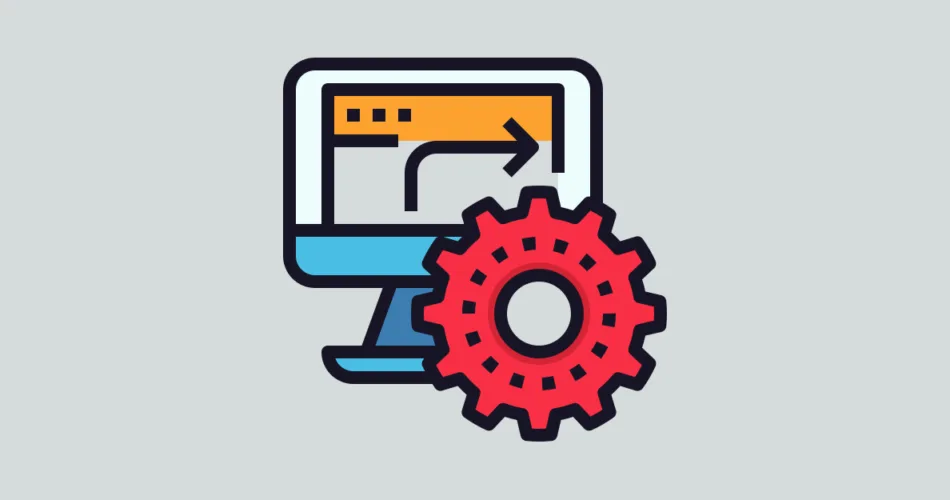Test automation is a vital component of modern software development, allowing teams to increase efficiency, reduce errors, and ensure the quality of their software. However, to reap the full benefits of test automation, it’s essential to follow best practices that help maintain test suites, ensure reliability, and streamline the testing process.
Isolating Tests from External Dependencies
One of the fundamental principles of test automation is to isolate tests from external dependencies, such as databases, APIs, or services. Tests should run independently and not rely on the availability or state of these dependencies. Achieving isolation involves several practices:
- Use Mocking and Stubbing: Employ mocking frameworks to create fake implementations of external dependencies, ensuring that tests are not affected by the actual behavior of these dependencies.
- Containerization: Use containers to encapsulate dependencies, making it possible to create isolated testing environments that mimic production.
- Database Seeding: Pre-populate test databases with known data, so tests consistently run against the same data set.
Reusable Test Code and Test Suites
Writing reusable test code and test suites is crucial for maintaining an efficient and maintainable test automation process. Here are some best practices for achieving reusability:
- Test Libraries: Organize common testing functions and utilities into libraries that can be reused across multiple tests and projects.
- Parameterized Tests: Implement parameterized tests that you can configure for various scenarios, reducing the necessity of writing duplicate test cases.
- Test Data Management: Separate test data from test code, allowing data-driven testing and simplifying updates to test data.
Organizing Test Code and Packages
Proper organization of test code and packages enhances test maintainability and clarity. Teams should adhere to a consistent structure that makes it easy to locate, run, and understand tests:
- Directory Structure: Adopt a logical directory structure that mirrors the application’s codebase, making it intuitive to find related tests.
- Naming Conventions: Use clear and consistent naming conventions for test files, classes, and methods to improve readability.
- Annotations and Tags: Leverage annotations or tags provided by your testing framework to categorize and filter tests based on criteria such as priority or category.
Following these best practices for test automation helps teams maintain reliable and efficient test suites. Through isolating tests, reusing test code and suites, and thoughtful code organization, organizations can maximize automated testing’s advantages.
Subscribe to our email newsletter to get the latest posts delivered right to your email.


Comments